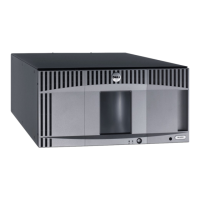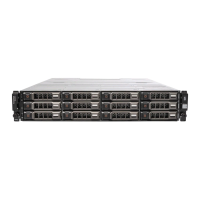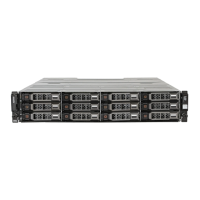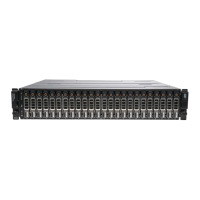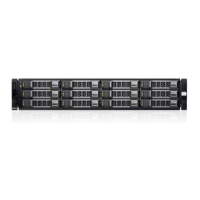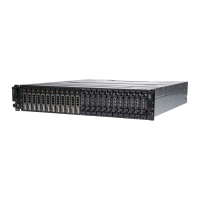20 Dell Encryption Key Manager and Library Managed Encryption
3
Copy the appropriate libjaasauth.so for your platform to the
jre/bin
directory.
• On 32-bit Intel Linux environments, copy the LocalOS-
setup/linux_ia32/libjaasauth.so file to the <JAVA_HOME>/jre/bin/
directory where JAVA_HOME is typically
<java_install_path>/IBMJava2-i386-142 for a 32-bit Intel Linux
kernel running the 1.4.2 JVM.
• On 64-bit AMD64 Linux environments, copy the LocalOS-
setup/linux-x86_64/libjaasauth.so file to the <JAVA_HOME>/jre/bin/
directory where JAVA_HOME is typically
<java_install_path>/IBMJava2-amd64-142 for a 64-bit AMD Linux
kernel running the 1.4.2 JVM.
After the installation is complete, you can start the EKM server.
The EKM client can now login with the OS-based user name and password.
Note that only userids allowed to login and submit commands to the server is
the userid under which the server is running and which also has
superuser/root authority.
How do I uninstall EKM?
First, use the instructions under "How do I uninstall EKM as a Windows
service?" on page 17 to uninstall EKM as a Windows service if configured.
1
Open
Windows Task Manager
and locate the
javaw.exe
process.
2
End the
javaw.exe
process if found.
3
Uninstall the IBM Java application.
4
Delete the full ekm directory (
C:\ekm
).
How do I reinstall the EKM?
Put the EKM CD in the drive and run through the installer again.
The EKM Quick Start Guide can be used as a reference.
